As a small business owner in Aotearoa, it’s crucial to have a solid online presence in today’s digital age. One key aspect of this is search engine optimisation or SEO. SEO is the process of optimising your website to rank higher in search engine results, so people can easily find your business online.
While it can initially seem daunting, implementing good SEO practices doesn’t have to be a headache. In this article, we’ll cover some essential tips and tricks for boosting your website’s SEO and getting your business seen by more customers.
Do Your Keyword Research
Before you start making changes to your website, it’s essential to understand what your customers are searching for. This is where keyword research comes in. By identifying the phrases and terms people use when searching for businesses like yours, you can tailor your website’s content and meta tags to include these keywords.
There are a variety of tools available for keyword research, such as the Google AdWords Keyword Planner. Simply enter a few seed keywords related to your business, and the tool will provide a list of related phrases and their estimated search volume.
It’s also a good idea to check out your competitors to see what keywords they’re ranking for. This can give you an idea of what’s working for them and help you develop your own keyword strategies.
Optimise Your On-Page Elements
Once you’ve identified your target keywords, it’s time to optimise your website’s on-page elements. This includes things like your page titles, headings, and content.
Your page titles and headings should include your target keywords and give a clear indication of what your page is about. This helps search engines understand the content of your page and how it’s relevant to users’ searches.
Your content should include your target keywords, but use them naturally and avoid keyword stuffing. It’s important to provide value to your readers, not just stuff your content with keywords for the sake of it.
In addition to including your target keywords, it’s also important to ensure your website is easy to navigate and user-friendly. This includes having a clear hierarchy of headings, using descriptive alt tags for images, and ensuring your website is mobile-friendly.


































